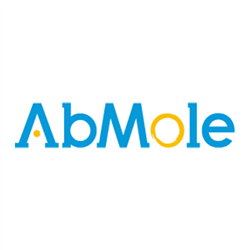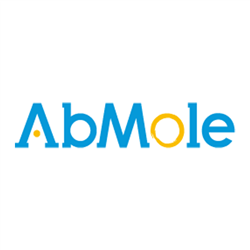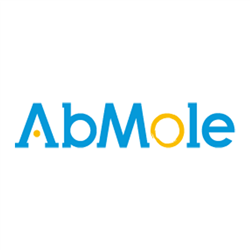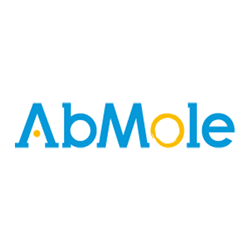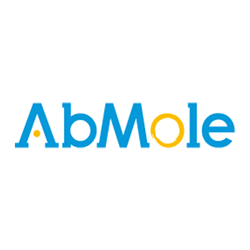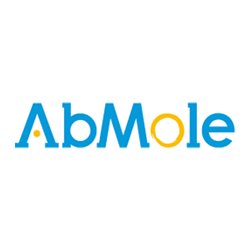Categorías
- Instrumentos
- Agitadores / Agit. Incubadores
- Orbitales
- Con Incubación
- Incubadores Gran Capacidad
- Lineales, Balanceo y 3D
- Incubadores Microplacas
- Para colocar en estufa
- Magnéticos
- Mezcladores /Roller /Rotatorios
- Agitadores de Paletas
- Jeio Tech Accesorios para Agitadores
- Benchmark Accesorios para Agitadores
- N-Biotek Accesorios para Agitadores
- Biosan Accesorios para Agitadores
- Labnet Int. Accesorios para Agitadores
- Vórtex
- Analisis Imagen, animales, plantas, geles
- Balanzas
- Baños Termostáticos
- Cabinas Flujo / Extraccion gases / PCR
- Centrifugas
- Detectores de Radioactividad
- Electroforesis
- Electroquímica
- Equipos Microplacas
- Espectrofotometros
- Experimentacion Animal
- Hornos de Hibridacion
- Homogeneizadores
- Estufas / Equipos calor, frio
- Luminómetros de Tubos
- Microbiologia
- Pipetas / Dispensadores
- Pipetas Labnet Int. Monocanales Automaticos
- Pipetas HTL Monocanales Automáticas
- Pipeta Accumax Mono y Multicanales
- Pipetas Labnet Int. Multicanales
- Pipetas HTL Multicanales
- Pipetas Volumen Fijo
- Pipetas Electrónicas
- Dispensadores
- Dispensadores de Botella
- Pipetas Biosan Monocanales
- Pipetas Biosan Multicanales
- PCR / Tiempo Real (qPCR)l / Cicladores
- QPCR, Sistemas automaticos
- Sonicadores / Ultrasonidos
- Ultracongeladores
- Bombas Jeringa / Vacio / Osmoticas
- Ultracentrífugas
- Micro Array label free
- Contadores de Células
- Contenedores Criogenicos
- Producción agua ultrapura
- Electrospinning
- Agitadores / Agit. Incubadores
- Reactivos
- Consumibles
- Catálogos PDF
Listado de productos por fabricante AbMole
VX-984
VX-984 is a potent DNA-PK inhibitor.
VY-3-135
VY-3-135 is a potent, orally active, and stable ACSS2 inhibitor with an IC50 value of 44 nM. VY-3-135 is specific to ACSS2 among the AcCoA synthetase family of enzymes. VY-3-135 does not inhibit ACSS1 or ACSS3 enzymatic activity. VY-3-135 can be used for the research of breast cancer.
VY-3-135
VY-3-135 is a potent, orally active, and stable ACSS2 inhibitor with an IC50 value of 44 nM. VY-3-135 is specific to ACSS2 among the AcCoA synthetase family of enzymes. VY-3-135 does not inhibit ACSS1 or ACSS3 enzymatic activity. VY-3-135 can be used for the research of breast cancer.
VY-3-135
VY-3-135 is a potent, orally active, and stable ACSS2 inhibitor with an IC50 value of 44 nM. VY-3-135 is specific to ACSS2 among the AcCoA synthetase family of enzymes. VY-3-135 does not inhibit ACSS1 or ACSS3 enzymatic activity. VY-3-135 can be used for the research of breast cancer.
W-54011
W-54011 is a potent, specific, and orally active CD88 (C5a receptor) antagonist, which inhibits the binding of 125I-labeled C5a to human neutrophils with a Ki value of 2.2 nM.
W-7 hydrochloride
W-7 Hydrochloride is a selective calmodulin antagonist. W-7 Hydrochloride inhibits Ca2+ -calmodulin-dependent phosphodiesterase and Myosin light chain kinase. The IC50 values were 28 μM and 51 μM, respectively. W-7 Hydrochloride can induce apoptosis and has anti-cancer activity.
W-7 hydrochloride
W-7 Hydrochloride is a selective calmodulin antagonist. W-7 Hydrochloride inhibits Ca2+ -calmodulin-dependent phosphodiesterase and Myosin light chain kinase. The IC50 values were 28 μM and 51 μM, respectively. W-7 Hydrochloride can induce apoptosis and has anti-cancer activity.
W-7 hydrochloride
W-7 Hydrochloride is a selective calmodulin antagonist. W-7 Hydrochloride inhibits Ca2+ -calmodulin-dependent phosphodiesterase and Myosin light chain kinase. The IC50 values were 28 μM and 51 μM, respectively. W-7 Hydrochloride can induce apoptosis and has anti-cancer activity.
W-7 hydrochloride
W-7 Hydrochloride is a selective calmodulin antagonist. W-7 Hydrochloride inhibits Ca2+ -calmodulin-dependent phosphodiesterase and Myosin light chain kinase. The IC50 values were 28 μM and 51 μM, respectively. W-7 Hydrochloride can induce apoptosis and has anti-cancer activity.
W146
W146 is a potent S1P1 selective antagonist with Ki of 18 nM.
Walrycin B
Walrycin B is a novel antibiotic that can specifically target the WalR response regulator with IC50 of 0.39ug/mL (MIC for B. Subtilis 168) and 3.13ug/mL (MIC for S. aureus N315), respectively.
Walrycin B
Walrycin B is a novel antibiotic that can specifically target the WalR response regulator with IC50 of 0.39ug/mL (MIC for B. Subtilis 168) and 3.13ug/mL (MIC for S. aureus N315), respectively.

